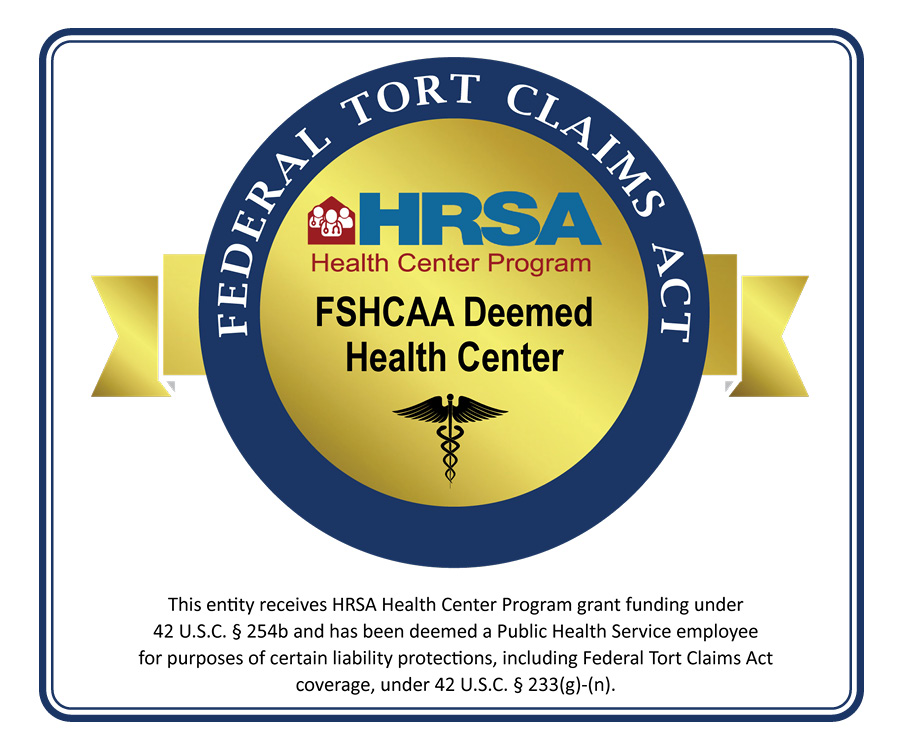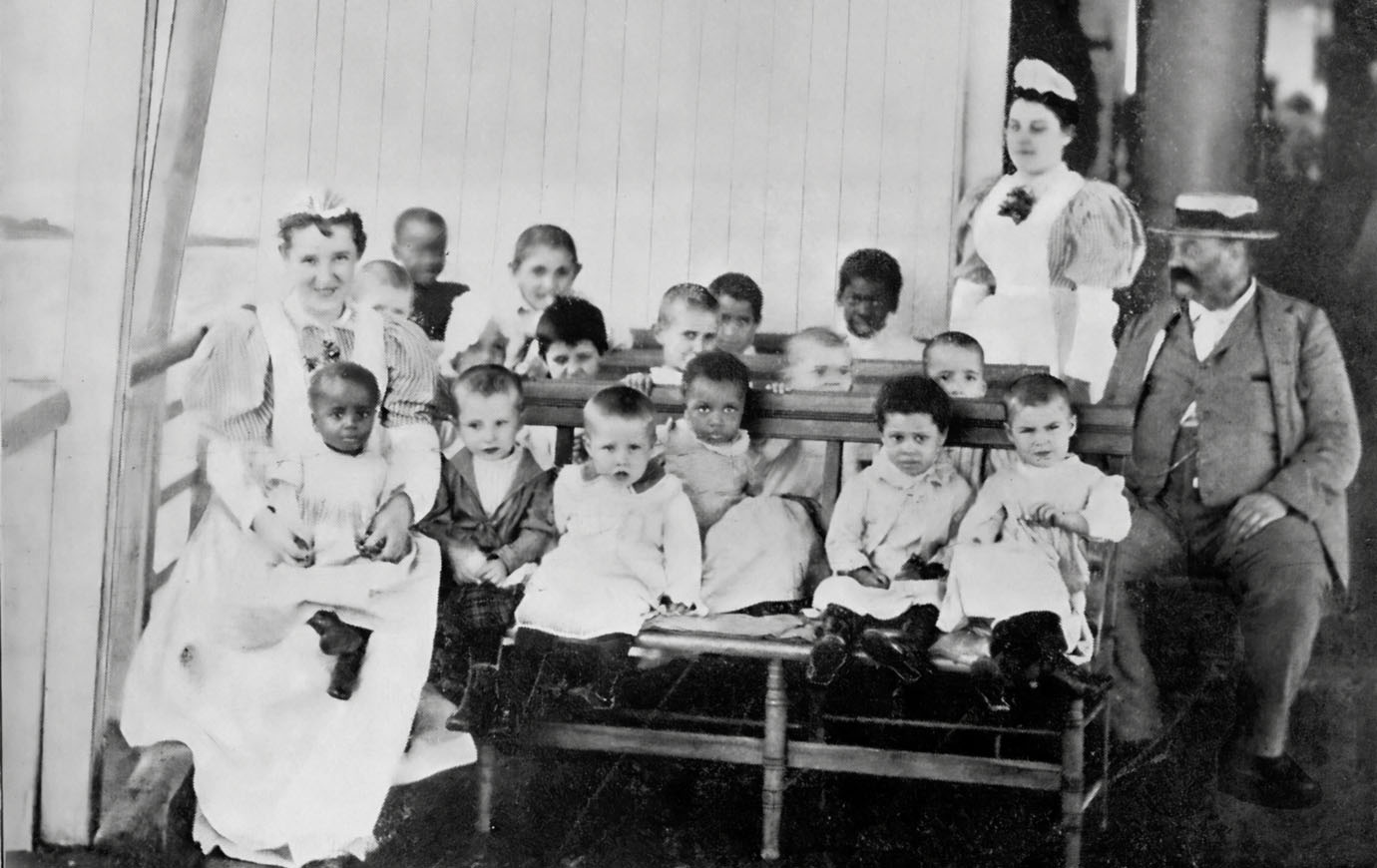
Care for the little ones: the fight to protect our children
The latter half of the 19th century may be marked by an increasing social consciousness of children’s rights. Recognition catalyzed reformation, giving way to the child welfare and child labor movements, as well as the rise of pediatrics and improvements in healthcare for children — exemplified by the mission of organizations like The Floating Hospital. These motions were all united under the growing awareness that attending to kids and their families was good for society.
Those down with the cause — primarily religious groups and the wealthy — offered financial support, established care organizations, and lobbied for child protection and development laws. At the end of 1860, New York City — home to many of the movements’ progressions — boasted an expenditure of $1,440,904 to relieve the poor youth. These funds allowed for the development of YMCAs, the establishment of orphanages, the founding of nurseries for children of working women, and the rise of the Children’s Aid Society and New York Juvenile Asylum.
The New York Society for the Prevention of Cruelty to Children was founded in 1874 following the founding of the American Society for the Prevention of Cruelty to Animals in 1866. It was the first society devoted exclusively to protecting children against physical abuse, exploitation, exposure, and neglect. The trend toward protecting children and animals increased rapidly, reaching 250 societies by the end of the century. With these societies came an increase in effective intervention by the state in parent-child relations: city agents could check on abuse complaints, send officers to investigate, and relocate children to be appropriately taken care of in instances of mistreatment. The time saw a significant change in care for dependent children from institutional to family environments. Different organizations worked to take children off the streets, place them into foster homes, and provide them with education to shape their character and prevent crime.
One of these organizations was The Floating Hospital, which strove to offer families relief from their troubles through its seafaring excursions that provided them with necessities like food, clothes, medical care, entertainment and education. In the 1860s, Dr. Abraham Jacobi founded pediatrics as its own branch of medicine (previously, child medical care was reserved as a job for mothers, grandparents and neighbors). Keeping with this new standard, medical care was provided by pediatric doctors on board The Floating Hospital.
While child labor on the family farm or in the home did not raise significant concerns because it was seen as economically and ethically valuable, industrialization changed things because factory work interfered with education. Although laws were passed, such as requiring children to attend school a certain number of days in the year, they were often evaded, unenforced or applied only to specific industries.
It wasn’t until the late 19th century that the movement started to make major waves. Reformers were joined by social workers, political economists, constitutional lawyers, women’s clubs, etc., and they made noise protesting child labor not just as an educational issue but one of exploitation, industrial hazard, and involuntary poverty united under the theory that prolonging and protecting childhood was essential to human progress.
This progress paved the way for the protection of and health practices for the children we see presently. The Floating Hospital, as it stands today, is a product of nearly 160 years of change. Now, it is a nonsectarian, nonprofit organization that serves children and adults of all ages. Still, it has preserved its dedication to offering relief, teaching prevention, and providing healthcare that was present at its founding.
TIMELINE:
1866: American Society for the Prevention of Cruelty to Animals founded
1874: New York Society for the Prevention of Cruelty to Children founded
1899: Legislation regulating child labor passed in 28 states
1904: National Child Labor Committee established
1908: Division of Child Hygiene in the NYC Department of Health founded
1912: Children’s Bureau created
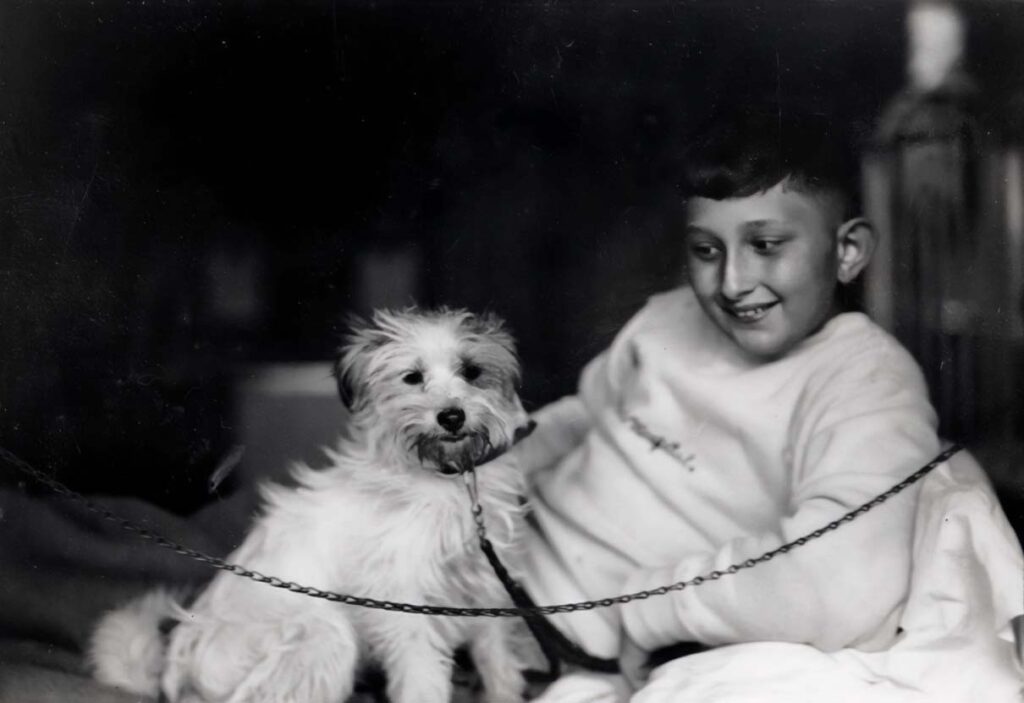
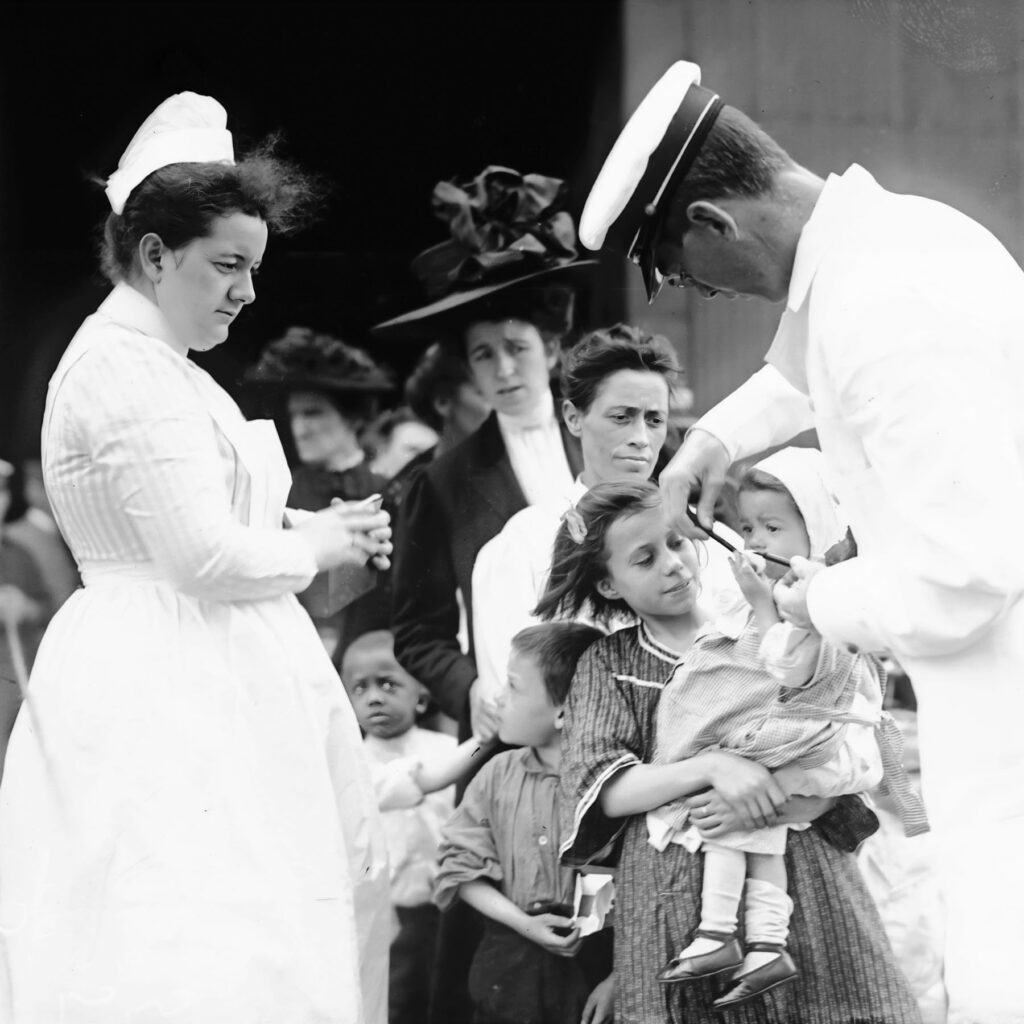
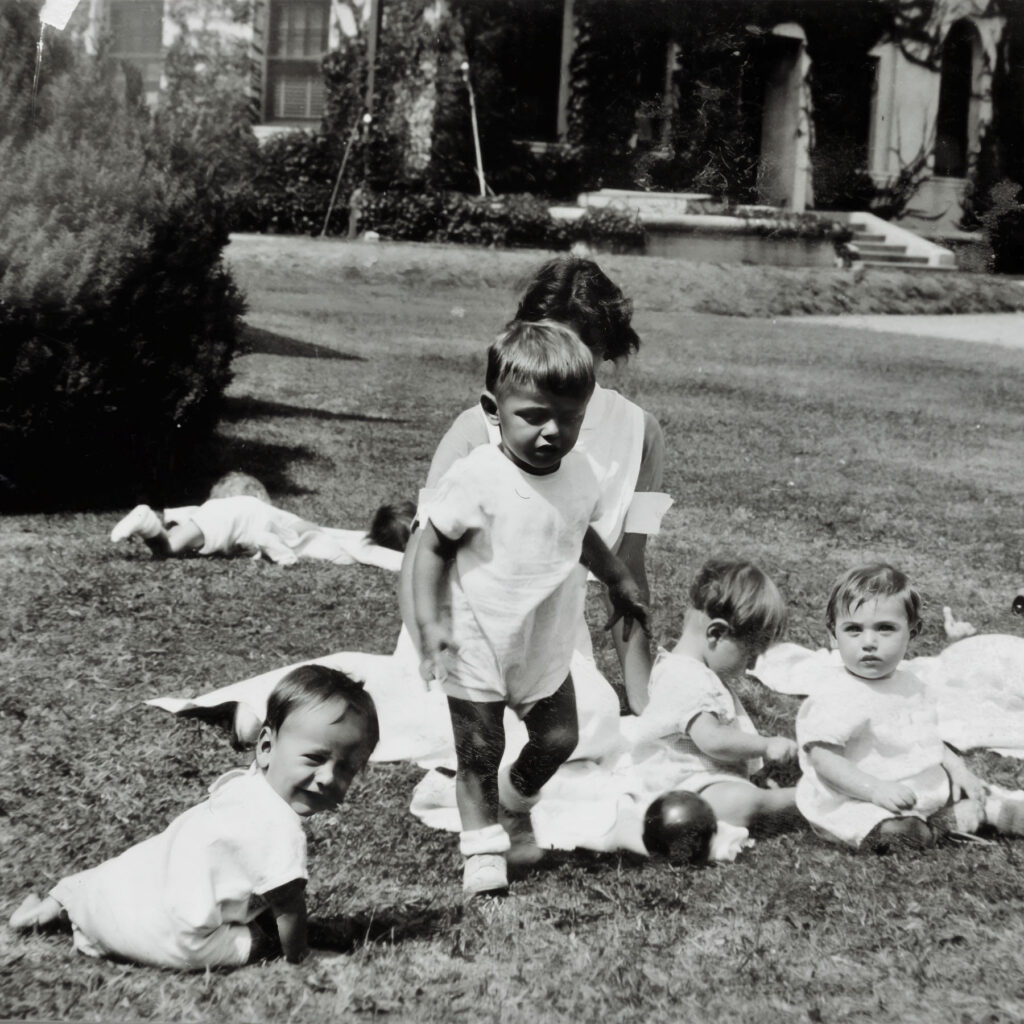
This post is featured in our monthly newsletter from September 2023.
To get the latest from The Floating Hospital directly to your inbox, sign up using the form below.
Other posts from this newsletter:
Share This Story, Choose Your Platform!
Categories
Tags
The Floating Hospital provides high-quality healthcare to anyone who needs it regardless of race, ethnicity, religion, gender, immigration or insurance status, or the ability to pay. By providing unrestricted medical care in tandem with health education and social support to vulnerable New York City families, The Floating Hospital aims to ensure those most in need have the ability to thrive, not just survive.


